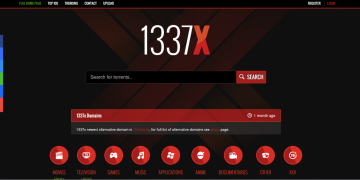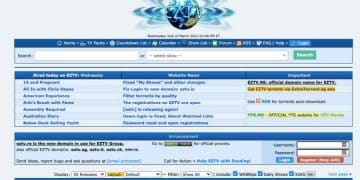Remember the time when your nearby Kirana shop would only accept cash? Many of those same businesses are now offering alternative payment mechanisms with contactless technology. Post COVID-19 customers demand quicker and easier cashless alternatives and have started using Bharat QR.
According to a 2019 Assocham-PwC India study, the estimated value of digital payments in India will more than double to $135.2 billion by 2023.
Here are 5 ways Small business can go cashless;
Table of Contents
1. United Payments Interface (UPI)
UPI is a system that powers multiple bank accounts into a single mobile application (of any participating bank), merging several banking features, seamless fund routing, and merchant payments. It also caters to the “Peer to Peer” collect request which can be scheduled and paid as per requirement and convenience. Each Bank provides its own UPI App for Android, Windows, and iOS mobile platforms. It is the most common form of payment option used by consumers.
2. Mobile Wallets
A mobile wallet is a way to carry cash in digital format. You can link your credit card or debit card information in the smartphone device to a mobile wallet application. Alternatively, you can transfer money online to a mobile wallet. Instead of using your physical plastic card to make purchases, you can pay with your smartphone, tablet, or smartwatch.
An individual’s account is required to be linked to the digital wallet to load money in it. Most banks have their e-wallets and private companies such as Paytm, PhonePe, Mobikwik, Airtel Money, Jio Money, GPay, itz Cash, Citrus Pay, Vodafone M-Pesa, etc. provide payment options to customers. Also, banks have their own wallets which can be used for payments directly.
3. USSD or Unstructured Supplementary Service Data
USSD is used by customers who do not own a smartphone. The innovative payment service *99# works on the Unstructured Supplementary Service Data (USSD) channel. This service allows mobile banking transactions using a basic feature mobile phone, there is no need to have a mobile internet data facility for using USSD based mobile banking. It has been developed to provide a way to integrate underbanked society into mainstream banking services. One of the key services offered under *99# service includes interbank account to account fund transfer.
4. Point of Sales (PoS)
A point of sale (PoS) as the name suggests is a place where sales happen. At a macro level, a PoS may be a mall, a market, or a city. At a micro level, retailers consider a PoS to be the area where a customer completes a transaction, such as a checkout counter. A handheld device with a card or biometric reader is installed to carry out the transaction. Either debit or credit cards can be used. Being as a business, make sure you are using a payment processor that works with all types of digital POS & mobile transactions. Choosing the right payment processor is a must as it will help your business with managing the cash flow. Here’s a list of Top 5 Payment Processing Companies for your reference.
5. Aadhaar Enabled Payments System (AEPS)
AEPS is a bank-led model which allows online interoperable financial transaction at PoS (Point of Sale / Micro ATM) through the Business Correspondent (BC)/Bank Mitra of any bank using the Aadhaar authentication. Do note that to make a payment using this method, the Aadhaar Number should be linked with a bank account.
Customers are keen on contactless transactions for the sake of safety. No longer are cashless payments, a luxury but a customer expectation.































